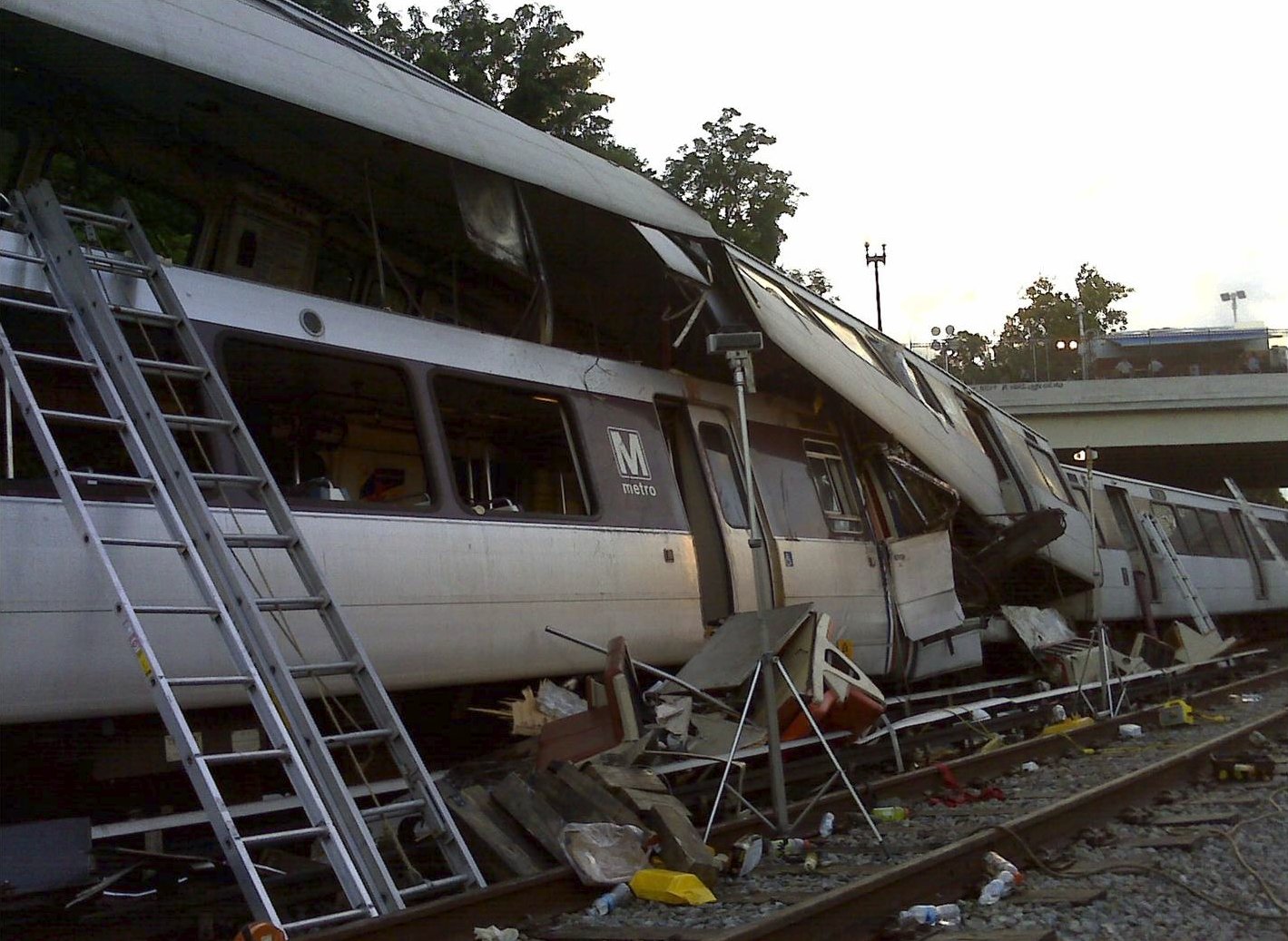(This week, we are proud to announce a Cause Map by a guest blogger, Bill Graham. Thanks, Bill!)
While completing household chores in the spring of 2010, a Housewife found her front load washing machine stopped with water standing in the clothing. Inspection of the machine uncovered the washing machine’s drain pump had failed. Because the washer is less than two years old, it was decided to attempt repair of the machine instead of replacing it. A replacement pump was not locally available, so the family finds and orders a pump from an Internet dealer. Delivery time for the pump is approximately one week, during which time the household laundry chore cannot be completed and some of the family’s favorite clothing cannot be worn because it is has not been laundered. On receiving the new pump, Dad immediately removes the broken pump and finds, to his chagrin, a small, thin guitar pick in the suction of the old pump. Upon discovery of the guitar pick, the family’s children report that the pick had been left in the pocket of the pants that where being washed at the time of the pump’s failure. The new pump was installed and the laundry chore resumed for the household.
 While most cause analysis programs would identify the guitar pick as the root cause to the washing machine’s failure, Cause Mapping unveils all of the event’s contributing factors and what most efficient / cost effective measures might be taken to avert a similar failure. For example, if all the family’s children aspire to be guitar players, then a top load washer may better suit their lifestyle while also averting the same mishap. Or, maybe the family should consider wearing pocket-less clothing. Or, maybe all family members should assume bigger role in completing the household laundry chore. Whichever solution is chosen, the impact of these and all contributing causes is easily understood when the event is Cause Mapped.
While most cause analysis programs would identify the guitar pick as the root cause to the washing machine’s failure, Cause Mapping unveils all of the event’s contributing factors and what most efficient / cost effective measures might be taken to avert a similar failure. For example, if all the family’s children aspire to be guitar players, then a top load washer may better suit their lifestyle while also averting the same mishap. Or, maybe the family should consider wearing pocket-less clothing. Or, maybe all family members should assume bigger role in completing the household laundry chore. Whichever solution is chosen, the impact of these and all contributing causes is easily understood when the event is Cause Mapped.

 Fortunately, the NSTB also provided recommendations such as developing a non-punitive safety reporting program, establishment of periodic inspections and maintenance procedures for the equipment that failed during this accident, and reviewing the process used to pass along safety and technical information. One of the important things to notice in this example is that the recommendations are fairly specific, even if the stated cause is a little vague. Specific solutions are necessary if they are going to be effectively implemented.
Fortunately, the NSTB also provided recommendations such as developing a non-punitive safety reporting program, establishment of periodic inspections and maintenance procedures for the equipment that failed during this accident, and reviewing the process used to pass along safety and technical information. One of the important things to notice in this example is that the recommendations are fairly specific, even if the stated cause is a little vague. Specific solutions are necessary if they are going to be effectively implemented.


 So what happened? Why remove a containment cap that had been working successful?
So what happened? Why remove a containment cap that had been working successful?


 By
By